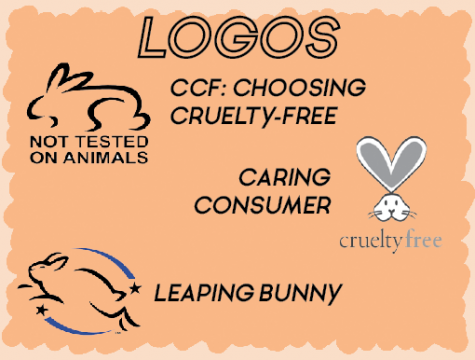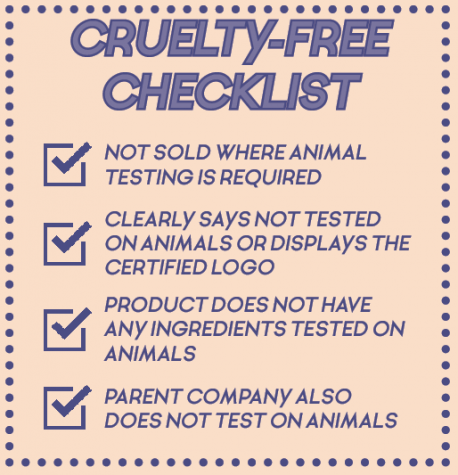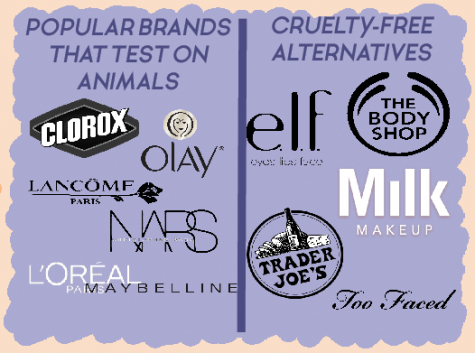This Product is Cruelty-Free
A basic guide to go animal friendly
Various companies that perform animal testing say there is a purpose behind doing so, which is to test on animals to see if it is safe for humans. However, there are other options besides animal testing to insure ingredient safety. One commonly used alternative is vitro testing. In vitro, meaning “in glass,” is a form of testing products in which studies are done using cells, blood samples, or other bodily tissue. Computer modeling, or In silico, is a form of testing in which computer models are developed to replace animal experimentations and accurately predict specific experiments by creating virtual simulations and modeling.
CRUELTY-FREE BASICS
Cruelty-free is defined as products not tested on animals. Products can either display a certified logo or be labeled clearly on their products that it has not been tested on animals. To have something be “cruelty-free” can come across as a gray-area morally.
CERTIFIED LOGOS

CRUELTY-FREE CHECKLIST

FAST FACTS
As stated by PETA, Around 100 million animals are killed each year during animal testing. Some animals are specifically bred to be stuck in labs.
31 countries, according to NAVS, including all of the European Union, have laws against animal testing.
According to Humane Society International, about 100-200 million animals undergo animal testing each year.
Cruelty-free topicals often use more natural and non-toxic ingredients rather than harsh chemicals.
Animal testing is a leading cause in environmental pollution and in one year alone produced 1.5 million pounds in waste, according to NEAVS.
BRAND EXAMPLES


Kate Oudejans is a junior staff writer for “The Tiger Print.” She enjoys learning about astrology, watching Law & Order: SVU, spending too much...

Josie Cuthbertson is a junior staff writer for “The Tiger Print.” She enjoys listening to music, eating Taco Bell, and spending time with her two cats....




